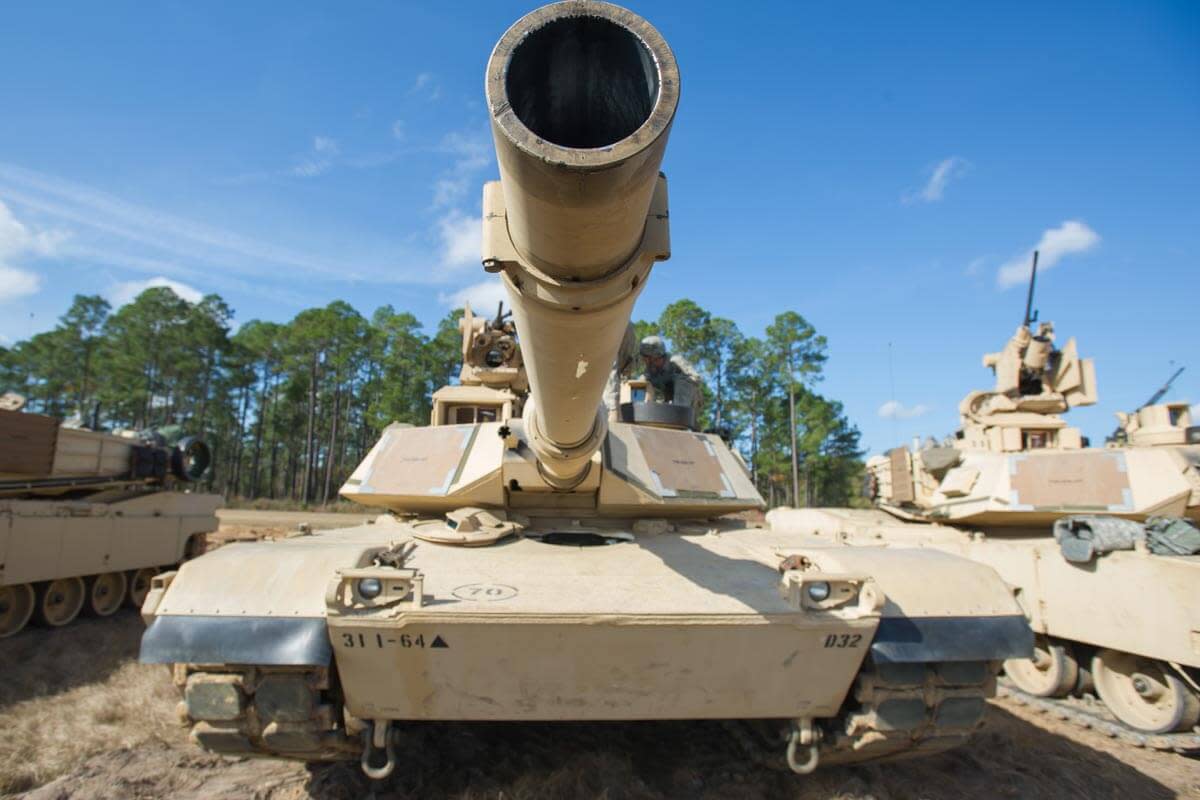iambrb
Well-known member

Army May "Hybridize" Abrams Tanks With Electric Propulsion
Typically an Abrams tank in combat would be difficult to hide, but if an Abrams tank could linger beneath a thick forest of trees and operate while silent and not emit heat, the advantages would be enormous
What if an Abrams tank were able to surge forward into enemy territory with much greater range, endurance and offensive combat success due to needing less fuel and logistics support? What if armored vehicles could silently hide from enemy detection without emitting a heat or noise signature? This might enable clandestine scout and reconnaissance missions, enable surprise attack or simply allow focused attention of computing, communications, networking and weapons.
Army Climate Strategy
These advancements are fast-becoming more realistic, in part due to the Army’s recently published Climate Strategy. While the strategy is comprehensive and wide-spanning in its sphere of topics and areas of focus, one interesting and potentially impactful area of focus relates to “hybridizing” commercial, non-tactical and tactical vehicles with electric propulsion and operational technologies. The goal, as cited in the strategy, could be described in terms of interwoven, mutually reinforcing concepts … making constructive environmental changes while also introducing extremely significant new combat advantages to the force.A perhaps lesser recognized yet impactful element of this initiative relates to the multitude of ways in which introducing the hybridization of heavier combat vehicles could measurably improve tactical performance, perhaps even saving lives in combat“While these steps are focused on reducing greenhouse gasses, every one of these steps is going to make us a better and more effective fighting force,” Mr. Paul Farnan, Acting Assistant Secretary of the Army, Installation, Energy and Environment, told a group of reporters when talking about the new Climate Strategy.
Hybridizing Abrams Tanks
A mechanized column of armored vehicles including Abrams tanks, could certainly surge forward into enemy territory to “close with an enemy,” is a much faster and more efficient way should fuel requirements be drastically reduced. Heavily armored vehicles require so much fuel to advance forward, yet they need substantial logistics support in the way of continued fuel and other supplies. Transporting things like fuel of course introduces an element of risk, making advancing forces more vulnerable. An ability to surge farther without needing as much of a logistics chain can therefore introduce very significant tactical advantages, as explained by Farnan.“What we are looking for is ways to more effectively enhance our force and improve how we are able to fight wars. If we reduce the amount of fuel required, there is less of a logistical tail line that we will have to supply our forces. This enables greater on-station time for forces,” Farnan explained.

M1A2 Abrams Battle Tank
There are other tactical advantages as well, such as the prospect of “silent watch.” A hybridized vehicle can operate with the ability to quietly linger in a high-value, high-risk area without emitting an acoustic or thermal signature. This is extremely significant, because of course it allows the vehicle to run while saving fuel, but also helps advancing forces stay quasi “stealthy” or less detectable to increasingly advanced enemy sensors. Should a tank effectively obscure itself from an overhead EO/IR camera using terrain, it would be extremely difficult for enemy drones, satellites and other sensors to detect.
The tactical advantage of this kind of ability is massive, as it could improve success prospects for clandestine missions, scouting and reconnaissance or surprise attack. Typically something like an Abrams in combat would be difficult to hide, but if a tank could linger beneath a thick forest of trees and operate while remaining entirely silent and not emitting heat, the combat advantages would be enormous.
